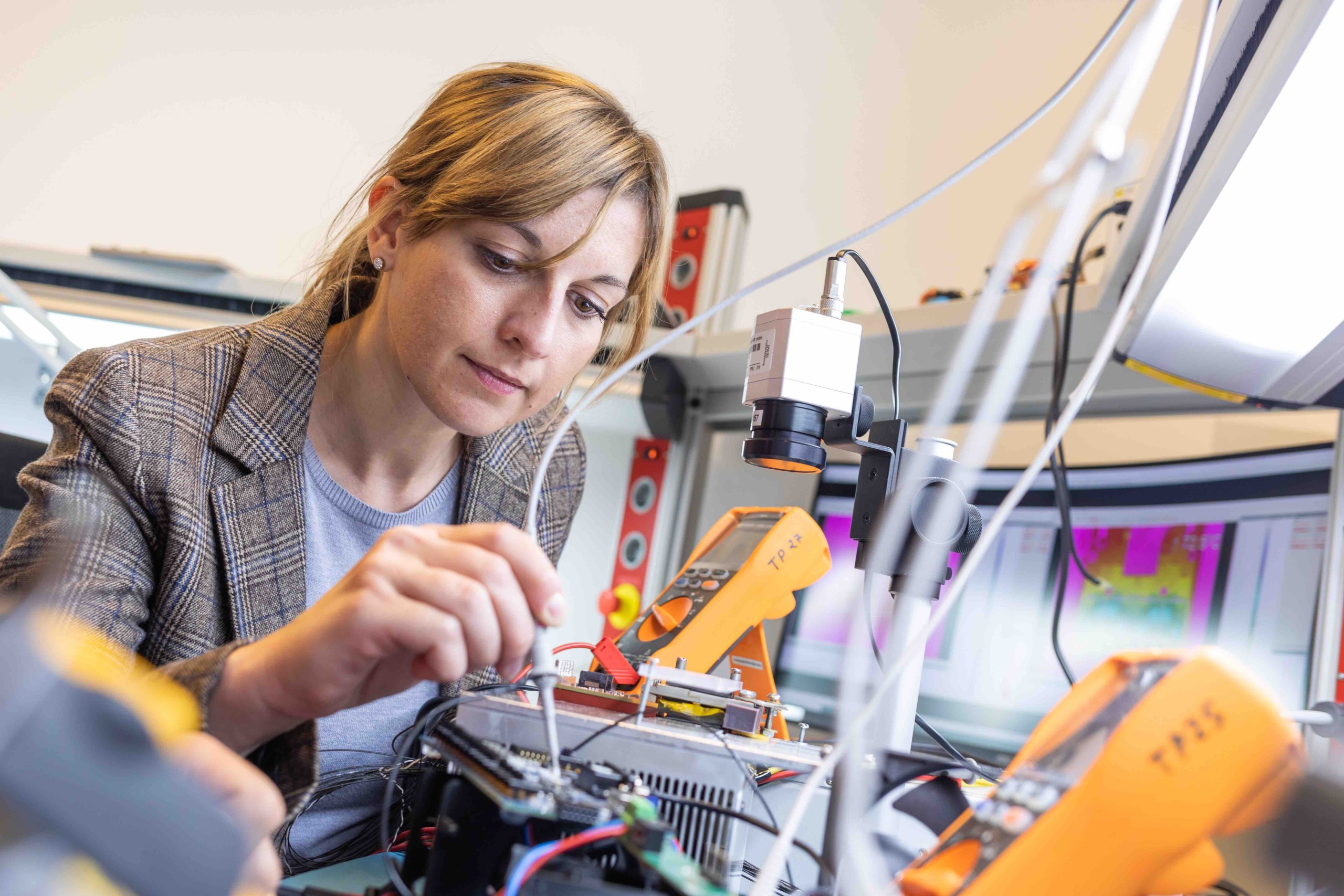While carrying out the individual therapeutic exercises, the patient receives
- real-time feedback,
- a standardised documentation of his/her training progress and
- the opportunity to consult his/her health expert.
Problem
Once they have completed clinical rehabilitation, patients with hip replacement usually receive training instructions designed to increase strength, balance and responsiveness. The training is currently not supported or evaluated. The patients must learn to slowly adapt to their new situation without any further support from a health expert. Insecurities or overestimation may lead to asymmetric load distribution or even to a fall. This will require further long and unpleasant medical and therapeutic interventions involving high costs for the social insurance provider. In addition, patients in rural areas lack access to adequate healthcare infrastructure.
Solution
The project consortium plans to develop an augmented reality (AR) exer-game tailored to the patients’ needs and the requirements of physiotherapists and physicians using the HoloLens head mounted display from Microsoft. The AR exer-game should support patient compliance by motivating hip replacement patients to perform the prescribed regular strength and coordination exercises in their home environment. The AR exer-game will be provided to the participants during their stay in the rehabilitation centre and can be adapted and modified by the physiotherapist.
Pivotal question
What is the added value of a user-centred exer-game following orthopaedic rehabilitation in terms of medical, social and psychological aspects?












